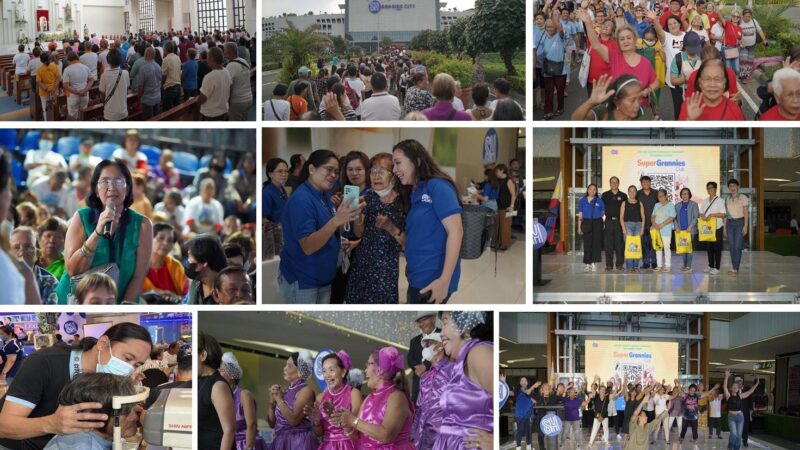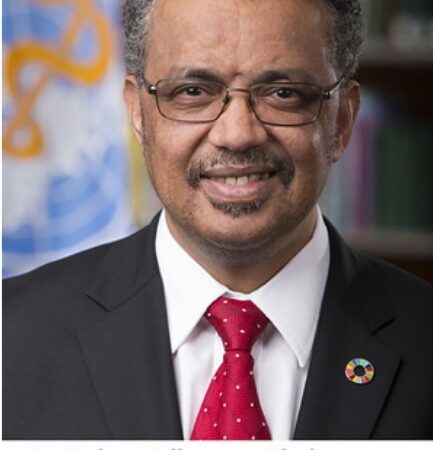Why Baguio City is under Alert Level 1

City Health officer Dr. Rowena Galpo said the downgrading of the city’s alert classification to level 1 by the Inter-Agency Task Force on Emerging Infectious Diseases was due to its highly improved coronavirus disease (COVID-19) situation.
Galpo said the city satisfied the IATF criteria for such status after registering low epidemic risk level owing to the rapid decrease in daily attack rate, growth rate and health care utilization rate beginning last Jan. 23.
She said the city also passed the other pre-requisites particularly high vaccination rate and safety seal coverage.
Mayor Benjamin Magalong earlier said he was not keen on having the city’s alert classification lowered to level 1 this month to avoid a relapse but said he was not surprised by the IATF’s decision because of the city’s amended COVID status.
Galpo said the city’s average daily attack rate (ADAR) measured at 4.4 per 100,000 population was at medium risk level while its two-week growth rate of -78 percent was at low resulting to a low risk epidemic risk classification.
The negative growth rate when cross tabulated with the low bed utilization rate resulted in a low rating that qualified the city to alert level 1 status.
The city’s high vaccination rate currently at 98.88 percent for the adult population and 82.64 percent for 12-17 age group and high compliance of government and private establishments to health and safety protocols were also main considerations.
Cases during the omicron surge jumped to an average of 87 daily during week Jan. 2-8, drastically increased to 403 in week Jan. 9-15 and peaked to 637 a day in week Jan. 16-22 before going down to 334 daily in week Jan. 23-29.
For week Feb. 20-26, the daily case average dipped to 13.
For the same period, the case positivity rate also decreased to 2.90 percent from the previous week’s 5.7 percent. The highest positivity rate reached by the city during this omicron surge was at 47.9 percent on week Jan. 9-15.
The weekly infection growth rate has remained less than 1 in the last five weeks which meant that transmission has decreased. This went as high as 7.71 on Jan. 2-8 and 6.9 on Jan. 9-15 before going down to 0.77 on Jan. 23-29.
The ADAR and TWGR went as high as 75/100,000 and 187 percent respectively during the surge.
Hospital care utilization rate was down to 21.71 percent from 46.68 percent while isolation facility bed occupancy also plunged to 3.01 percent from 8.84 percent.
Galpo said the city has cut down its isolation bed capacity to only 432 from 938 with only the Baguio City Community Isolation Unit continuing to operate. – Aileen P. Refuerzo



